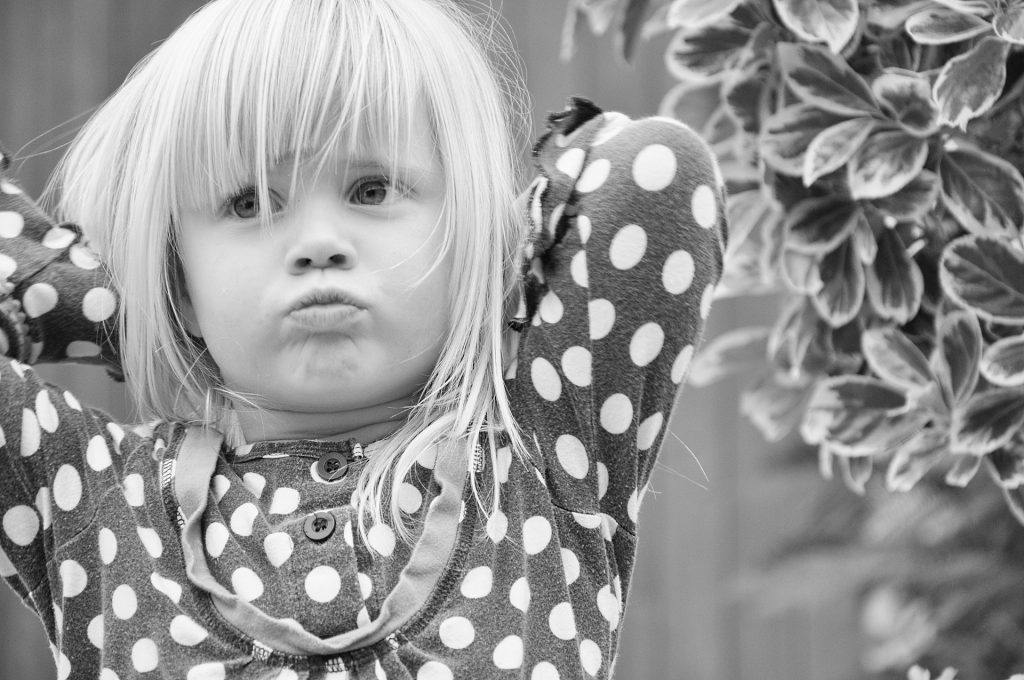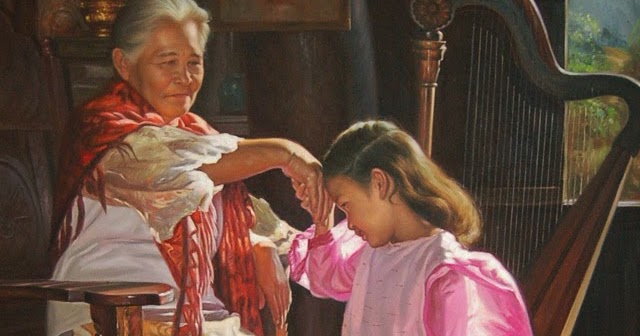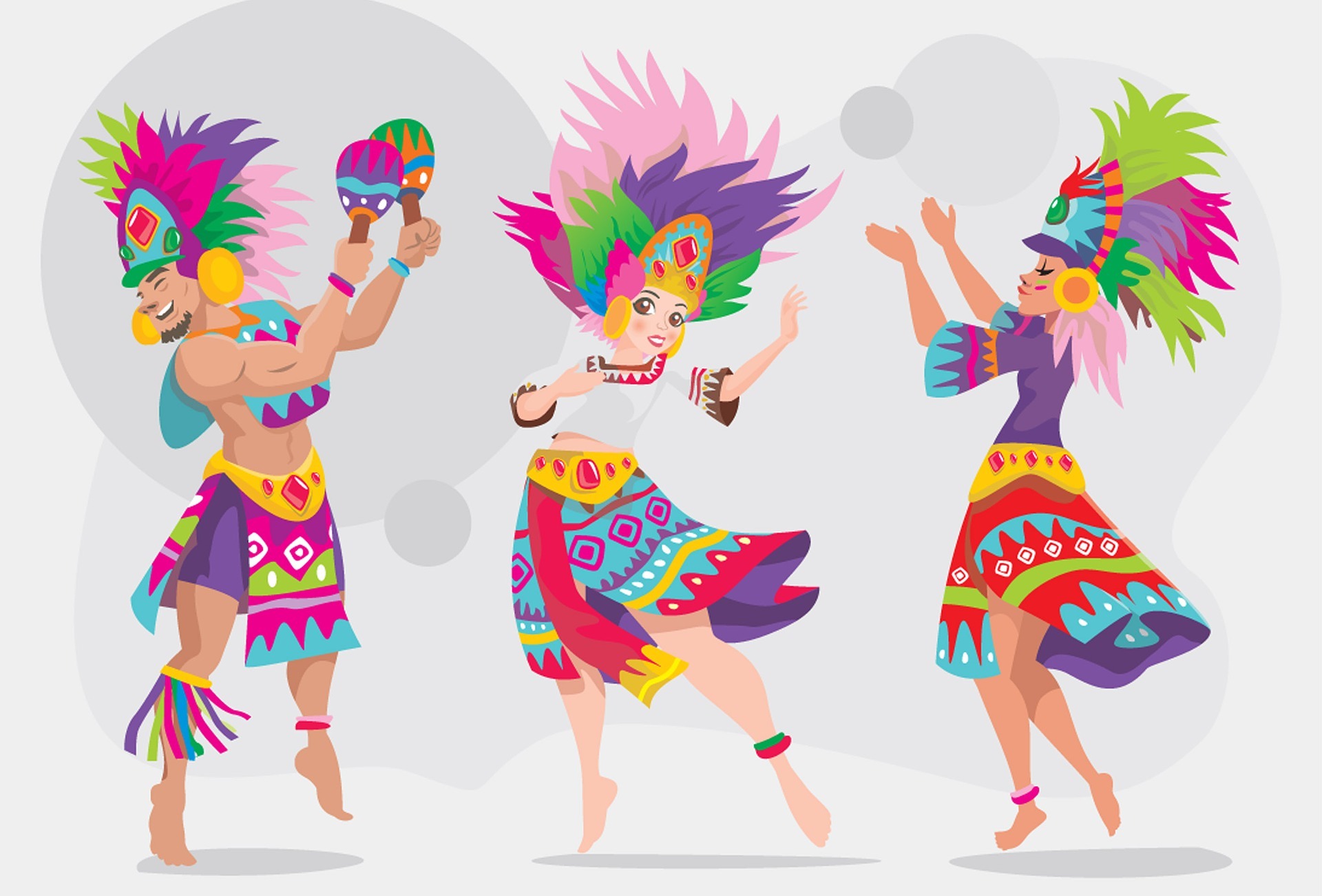Body language and gestures are not something we are born with, it’s what we learn finally.
It’s are the part of our life that our culture and values teaches us as we grow up.
However, some culture, body language and gestures of other countries and societies can be learned as a part of gaining experience.
It can be useful if you are traveling somewhere or living in that place or doing business there.
Learning body language and gesture of other countries certainly helps you to communicate well with the locals.
So, to be specific, in this article we bring you some most common body languages and gesture you should learn if you want to be in Philippines.
In Filipino culture, the use of body languages and hand gestures are very common in daily communication.
Filipinos are generally wary of their actions and how they want to convey a message to other people.
So, if you are expecting to live in Philippines or travel around, there are certain things to know about Filipino culture and gestures:
Lip Pointing

A Filipino gesture of lip pointing can be easily misunderstood by anyone as a gesture of kiss, but believe me it’s not.
In Filipino culture people have the habit of pointing not only with fingers but with lips as well.
It is a gesture shown by them when asking one where an item is or where someone is.
For instance, pointing with the lips is more likely the answer one will get rather than saying ‘It’s on the table’ or ‘He’s inside’.
Lip pointing isn’t only done in response to a question being asked. But, it is also used to get someone’s attention over something after making an eye contact.
Mouth Open

Usually, in American culture a gesture of opening mouth means getting surprised or shocked.
But, in Filipino culture, the gesture of opening mouth means that the person didn’t quite understand or didn’t hear you.
Keeping a mouth open is a non-verbal way of asking ‘What did you say?’
Good Looking
A non-verbal way of saying ‘Handsome’ or ‘Good Looking’ in Filipino culture is by hand gesture.
The ladies can use this too of course and that means ‘I am beautiful’ or ‘Good looking’.
Normally, this hand gesture shown by Filipino are taken as someone saying to smile in American culture.
Bill Please
Bill Please belongs to Filipino culture where people used hand gesture to put up your sleeve next time you eat out with friends and are ready to pay the bill.
Raising hand and making an eye contact with a waiter when he/she is looking your way is a good gesture.
Making a rectangular sing in the air with both hands is a non-verbal gesture of asking for a bill in Filipino culture.
This will let the staffs know that the person is asking for the bill without saying a word.
Peace Sign
The popular peace sign or the v sign made by the index and the middle finger is usually looked as a sign of peace.
This sign is often seen done in the photos. But, in Filipino culture the peace sign means completely different.
It is a hand gesture that is done by people in case they want to apologize for unintentionally putting someone in trouble.
Also, it is a gesture of telling someone sorry by showing him or her the peace sign until they get the chance to speak to the person in words.
Money

A hand gesture that can be easily confused to mean ‘ok’ as this hand sign means so in many countries.
But, in Filipino culture a sign made by the thumb and the index finger creating a zero mostly means money.
The ‘Mano Po’

In Filipino culture, mano is the gesture if taking the back of the hand of an elderly or an older relative such as uncle or aunt and placing it on the forehead.
It is a gesture of showing love and respect to the elders in Filipino culture.
You can initiate to do so, but usually the older ones just touch your forehead with the back of their hand and say ‘Bless You’.
Thumbs Up

A hand gesture that is commonly used among all Filipino is thumbs up.
It is pretty much used as the same way as done in other countries. Thumbs up is a gesture that means good, alright or ok.
It is a great way to indicate acknowledgement or approval. This gesture is often seen in Filipino culture when people try to let others know they did well.
Nodding and raising eyebrows with a smile
This is one way of how Filipinos greet each other in a casual and quick way, acknowledging that you saw the person.
Often this gesture in Filipino culture is followed by a friendly tap on the back if the person is in reach.
Lowering the head while arms extended downwards
When you’re about to pass in between two people talking, you don’t need to say ‘excuse me’.
This is gesture in Filipino culture where you will not interrupt others conversation and go in between them.
Without saying anything, this gesture instantly indicates politeness and respect for the two people conversing.
Silent looks
Silent looks in Filipino culture often occurs when parents give this fiery eyes silent look to their child.
This is a gesture of saying the children to stop whatever he or she is doing in a non-verbal language.
It is one way of Filipino parents to warn or control their children in public without negatively catching many people’s attention.
Eye contact

In western culture a direct eye contact indicates a person to be confident and positive enough to speak.
But, in case of Filipino culture direct eye contact does not make all the locals very comfortable.
Especially when people are meeting for the first time direct eye contact is considered as a very rude gesture.









